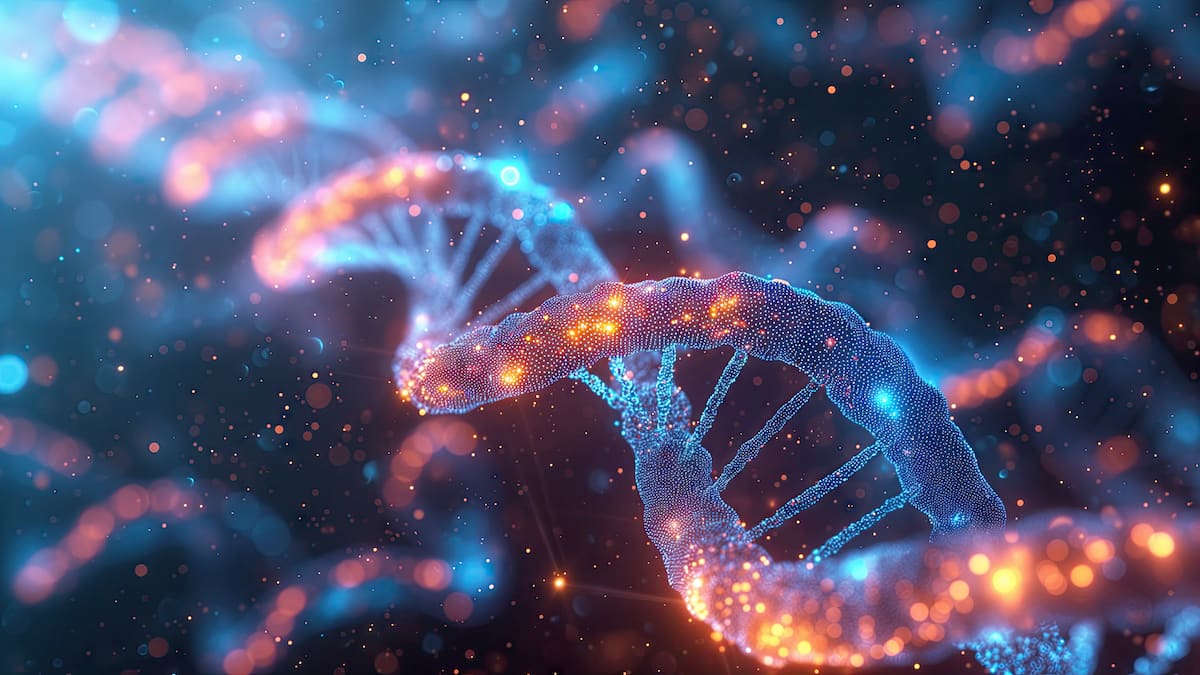
Tardigrades are microscopic animals that withstand many harsh environmental conditions, including high-intensity ionizing radiation. One study shows that this resistance is made possible by an extraordinarily efficient enzymatic DNA repair system that could be used as inspiration for treating human diseases.
As life evolves on Earth, all species must acquire characteristics that increase their likelihood of surviving and passing their genes to their offspring.
From a scientific point of view, there is great interest in studying these adaptive mechanisms, not only to improve our knowledge of the world around us, but also to identify specific molecular processes that can be applied to treat diseases affecting humanity.
Invincible bear cubs!
The tardigrade is a good example of an animal that, although evolutionarily very distant from humans, possesses many interesting properties with therapeutic potential.
Known as the “water bear”, the tardigrade is a small animal (between 0.1 and 1.5 mm long) that has incredible resistance to many extreme environmental conditions, which are fatal to all living things, be it extreme temperatures (-270°C to… +150°C). , the absence of atmospheric pressure or, conversely, overwhelming pressures, the absence of water, food or even high-intensity ionizing radiation (X-rays or ultraviolet radiation).
This last case is particularly interesting: it has been shown that tardigrades can survive radiation up to 5000-6000 gray (Gy), 1000 times more than the lethal dose for humans.
Large-scale repair
A recent study provides a better understanding of the biochemical mechanisms responsible for this adaptation to radiation. (1) In this study, researchers observed for the first time that exposure to a species of tardigrade (Typical Hepsibius) at high doses of gamma radiation (4360 Gy) caused significant damage to their DNA in the short term, but the animal recovered quickly, with these molecular breaks being fully repaired in the following 24 hours.
Further analysis showed that this recovery was associated with an increase in the expression of several genes, especially those of enzymes involved in DNA repair.
In some cases, the increase in expression of these genes is of an unusual magnitude, never observed in this type of study. The levels of some genes increased more than 300-fold after irradiation, reaching levels as high as those involved in maintaining the animal's basic biological functions, which is exceptional.
High-performance repairmen
An important question is whether these genes involved in tardigrade DNA repair and radiation resistance could perform a similar protective function if introduced into the cells of another organism.
The preliminary results obtained by the researchers indicate yes: the use of bacteria Escherichia coli As a model, they observed that introducing these genes dramatically increased the bacteria's survival to a massive dose of gamma radiation, suggesting that they are sufficient to confer resistance to radiation, regardless of the origin of the DNA.
These ultra-efficient DNA repair enzymes could be used to treat some human diseases that involve irreversible DNA damage, for example some rare genetic diseases that cause premature aging, or to repair mutated DNA, after exposure to sunlight for too long.
These repair enzymes may also be used to reduce the side effects of radiation therapy on healthy tissue surrounding tumors during oncology treatment.
Another example that shows that the simplest life forms are necessary for the survival of the most complex ones.
♦ (1) Clark-Hachtel CM et al. “The tardigrade Hypsibius exemplaris significantly upregulates DNA repair pathway genes in response to ionizing radiation.” the currency. Biol.published on April 24, 2024.





